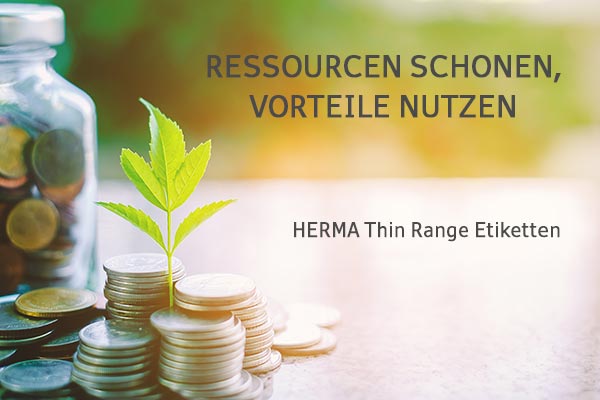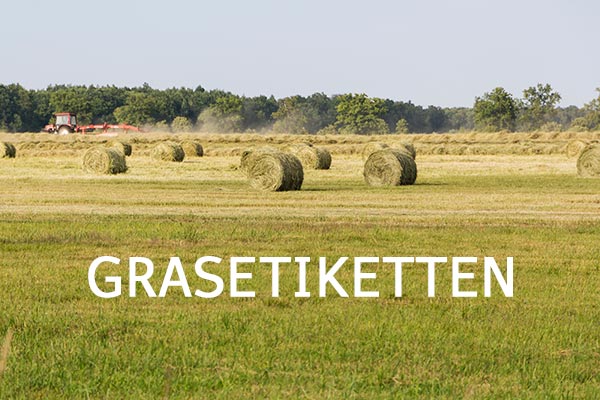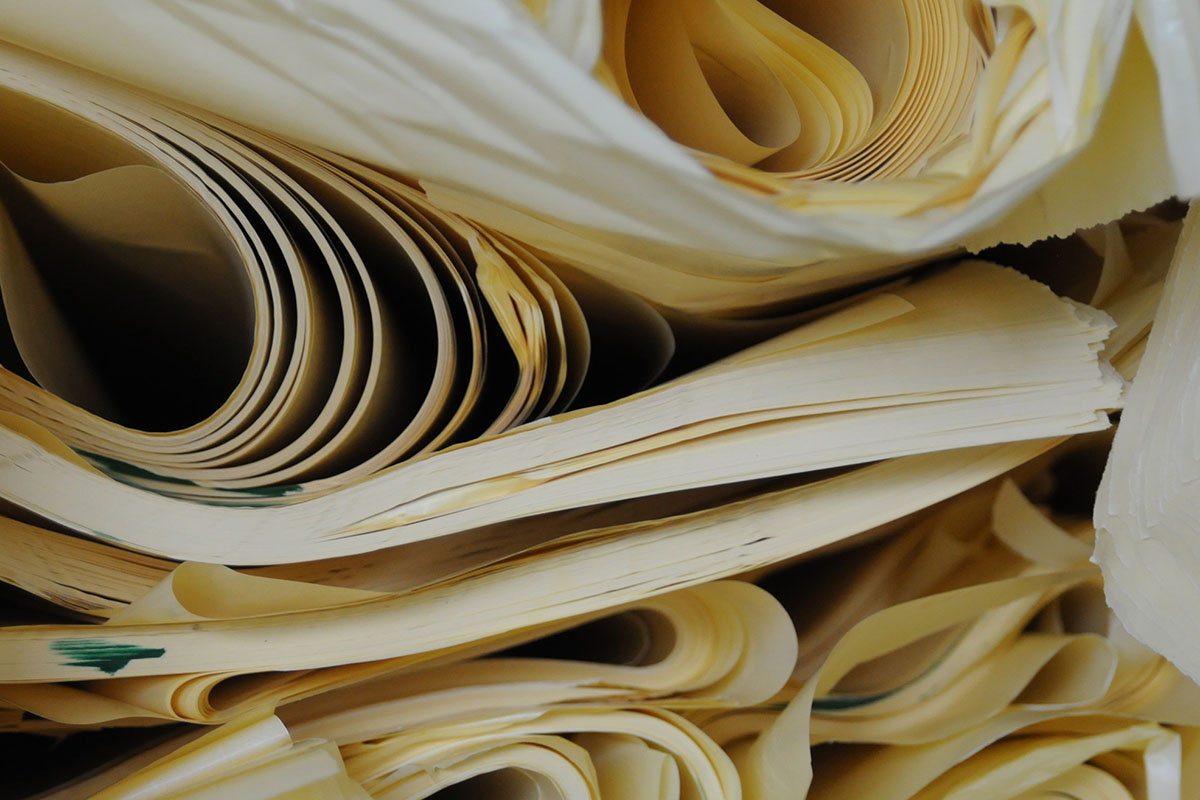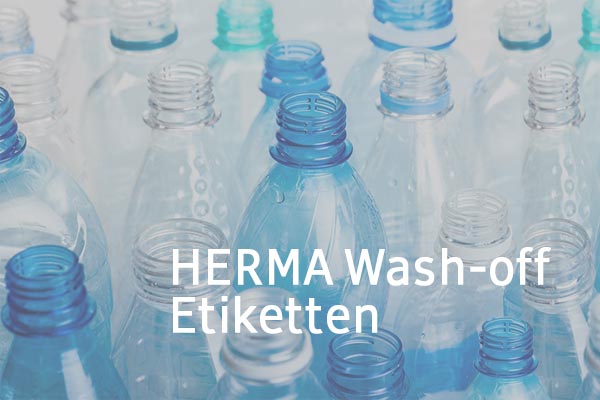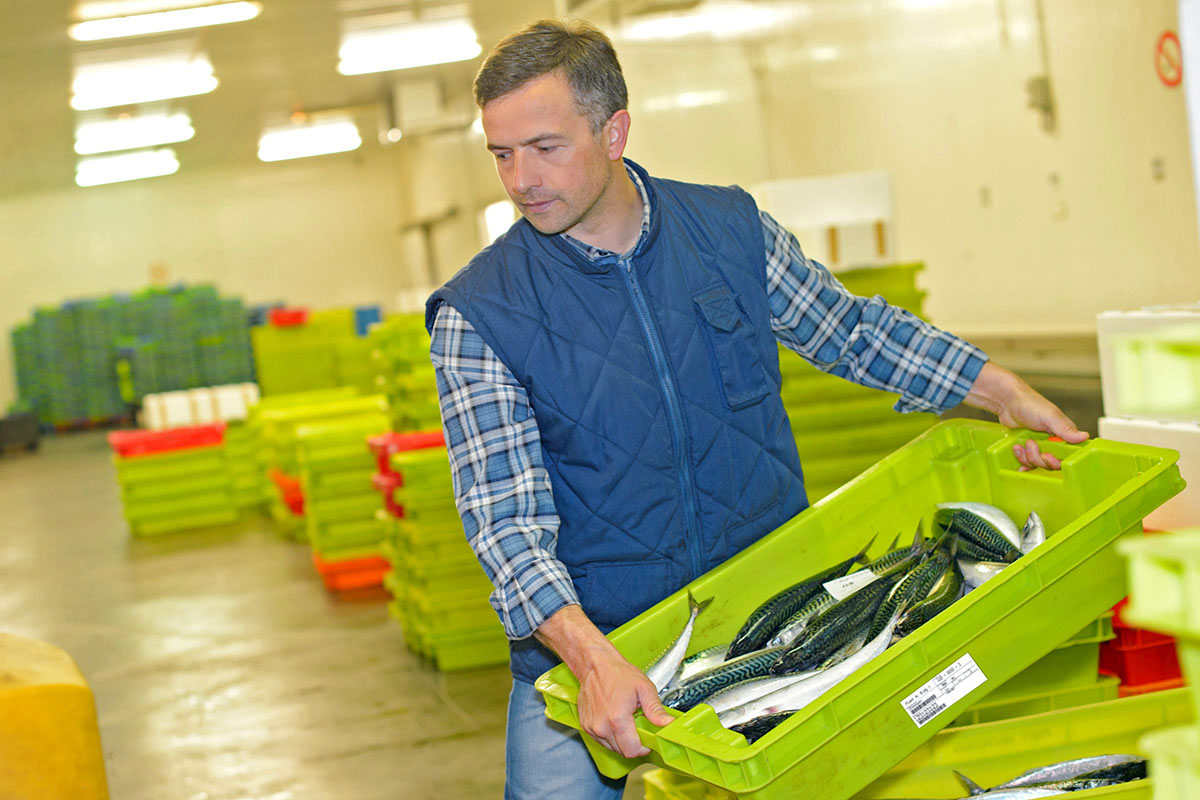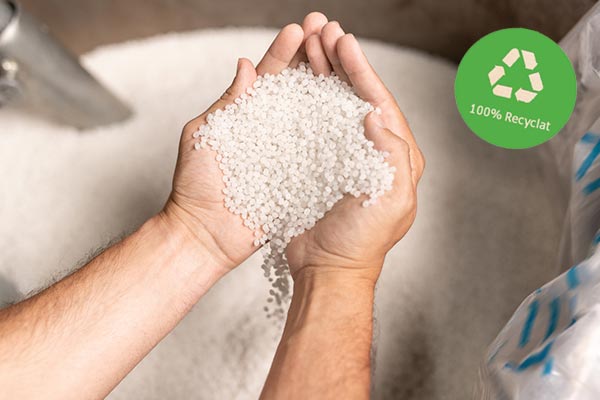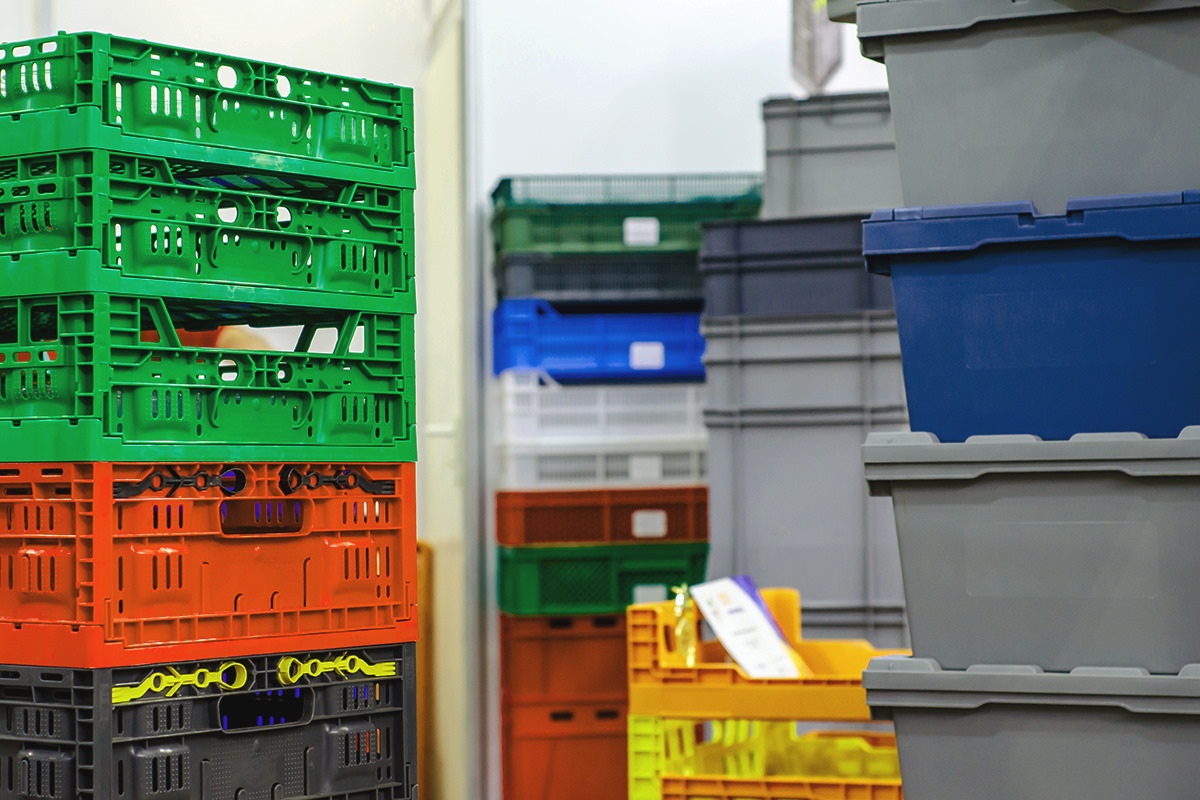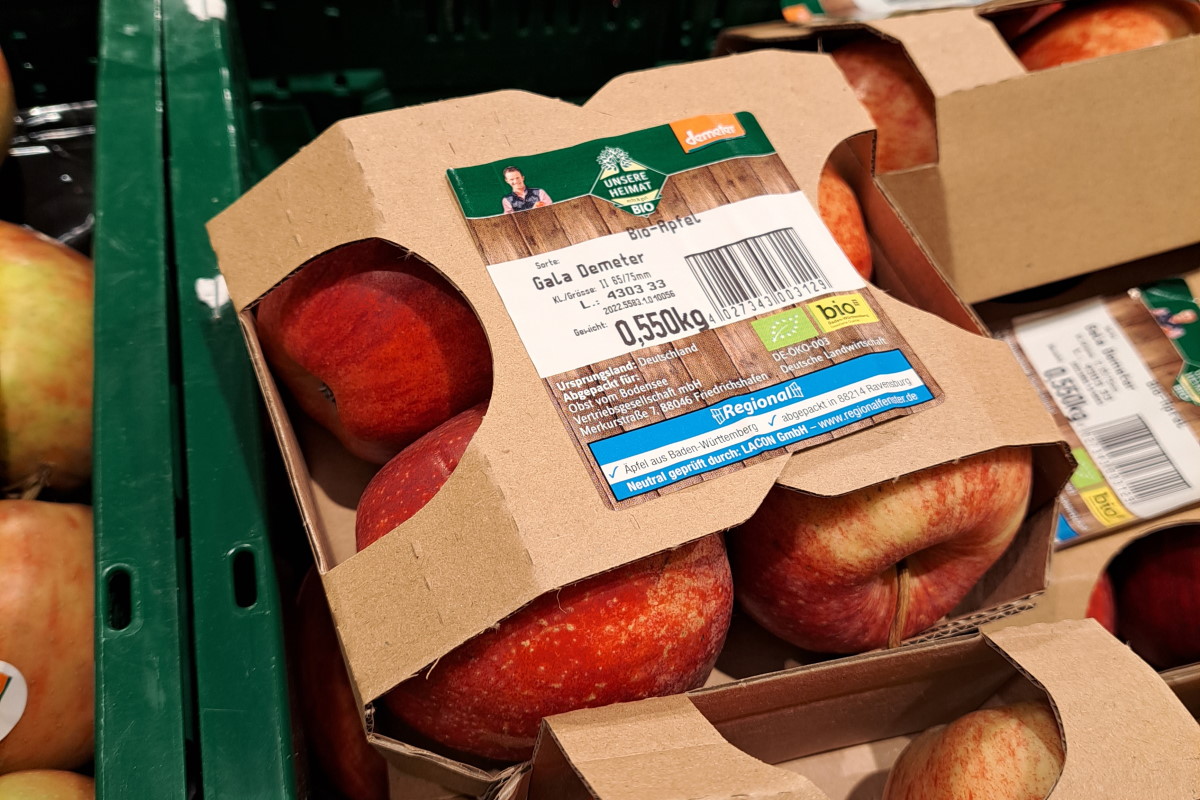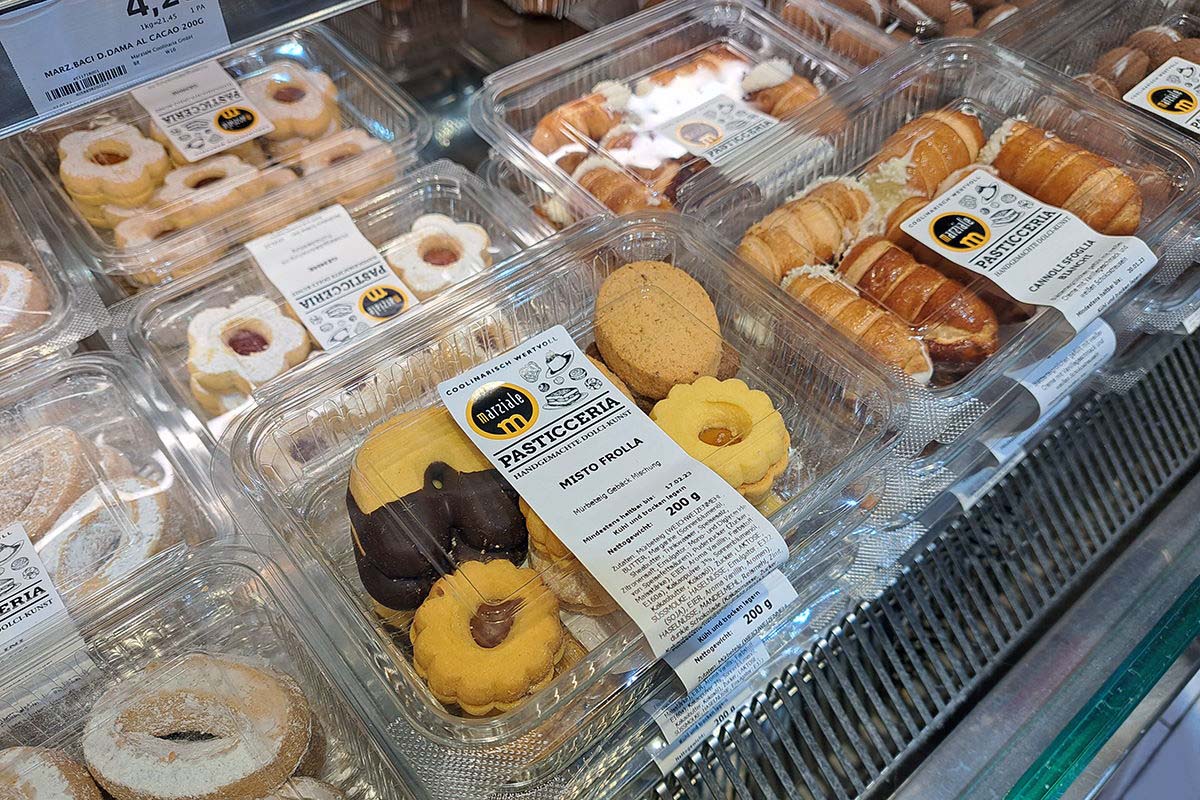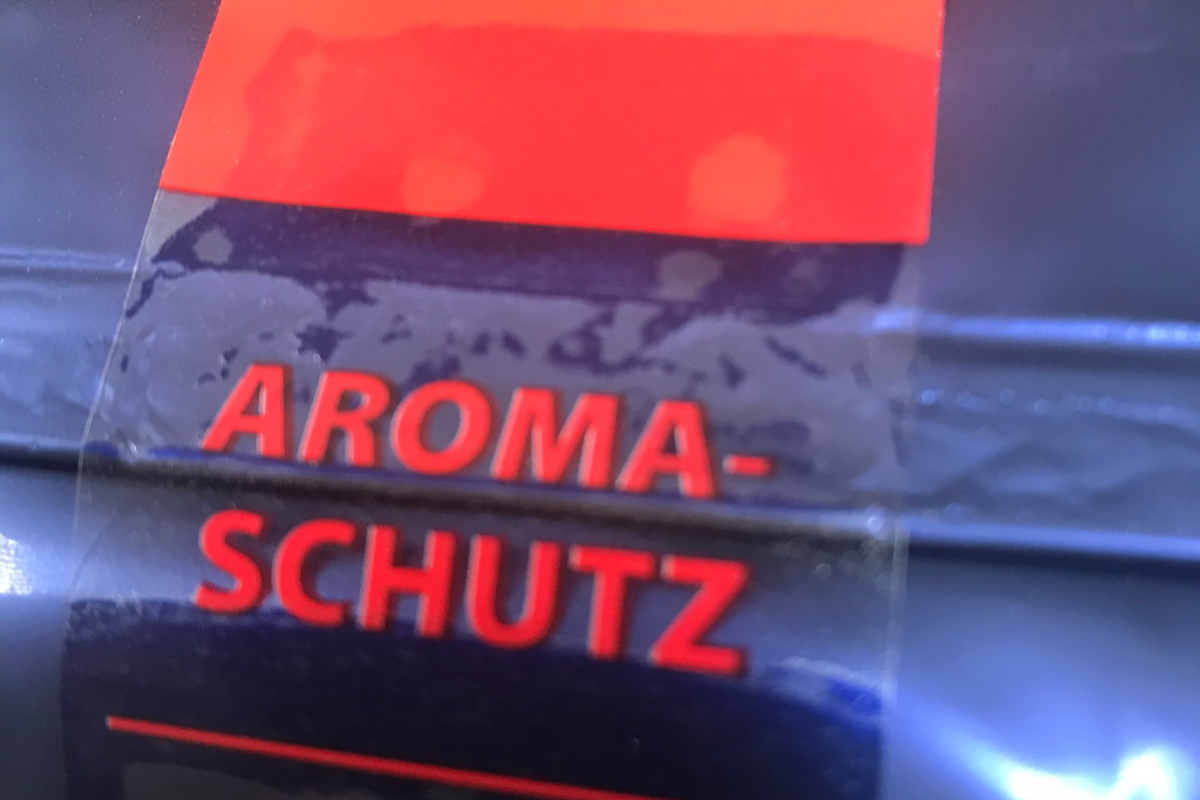Sustainable labelling of packaging - for more environmental protection
Applications and recommendations for resource-saving labels for packaging and outer packaging
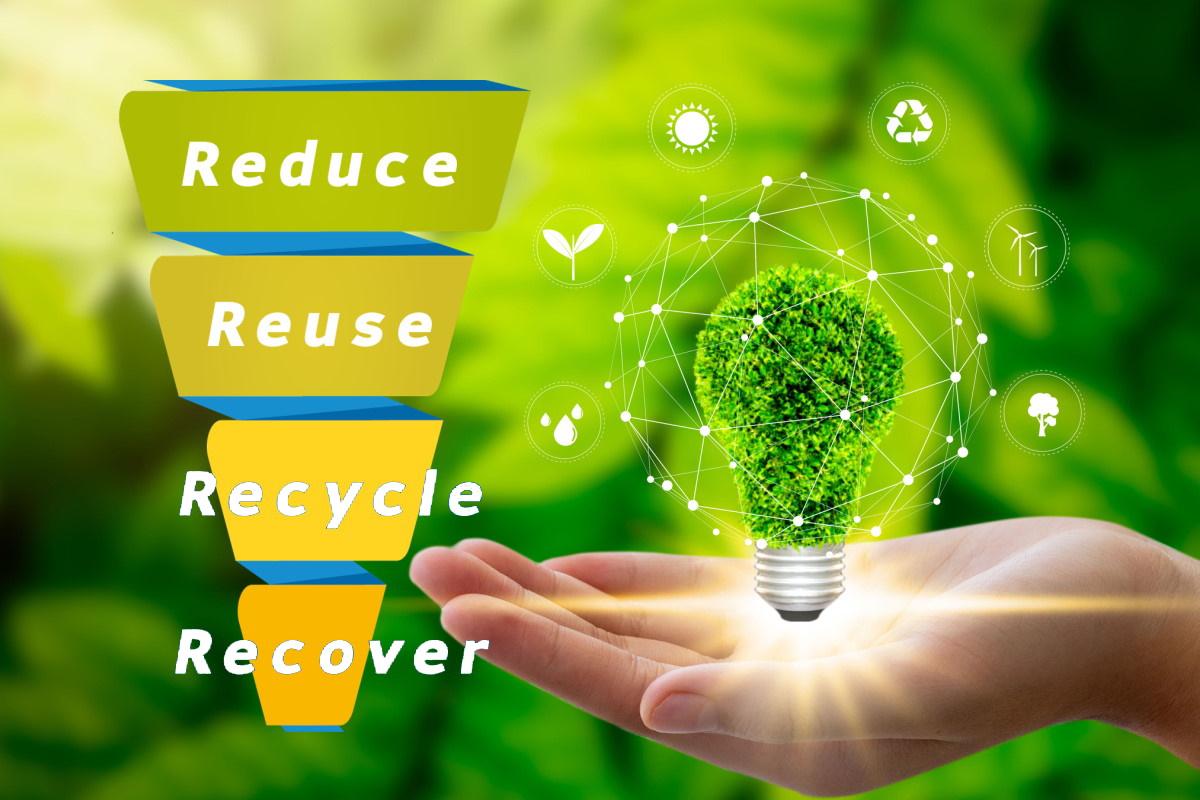
Resource-saving and environmentally friendly label solutions make an important contribution to environmental protection.
Producing labels in a sustainable and environmentally friendly way - right from the start - has long been our claim and is of great importance to our actions.
Our contribution to the environment starts with the raw materials. But that is by no means all: because the use of labels can also help to make packaging solutions more sustainable and environmentally friendly overall.
PPWR – the new EU Packaging and Packaging Waste Regulation
The EU Packaging Regulation (PPWR) raises the question in many industries as to what specific measures will result from it for different types of packaging.
In short, it is about reducing packaging waste, but also about conserving valuable resources and supporting the circular economy. Labels play a central role in achieving these goals.
What does the PPWR mean in concrete terms for companies that are manufacturers, retailers or shippers? And how can labels make a significant contribution?
On this page, you will find an overview of different approaches to making your packaging more sustainable with labels – and thus achieving the goals of the PPWR.
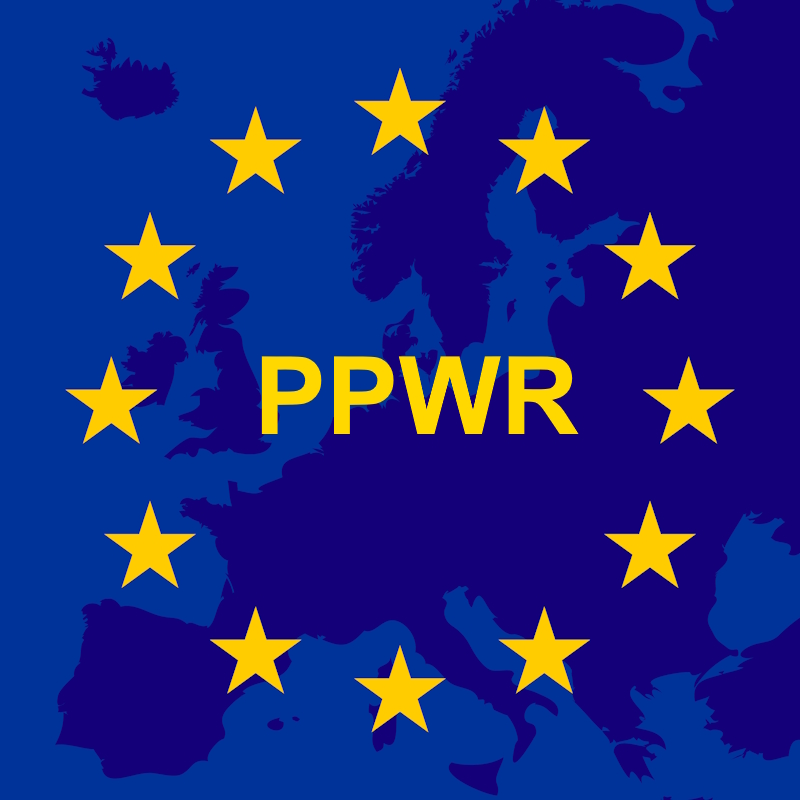
Finding the right solution for every type of packaging and outer packaging – that's what we are here for as your expert partner. Get in touch with us and we will work with you to find the best solution for optimising your packaging in terms of sustainability with labels in line with the PPWR.
Discover valuable approaches for the sustainable optimisation of your packaging and outer packagin
Applications and recommendations for sustainable labelling of packaging solutions
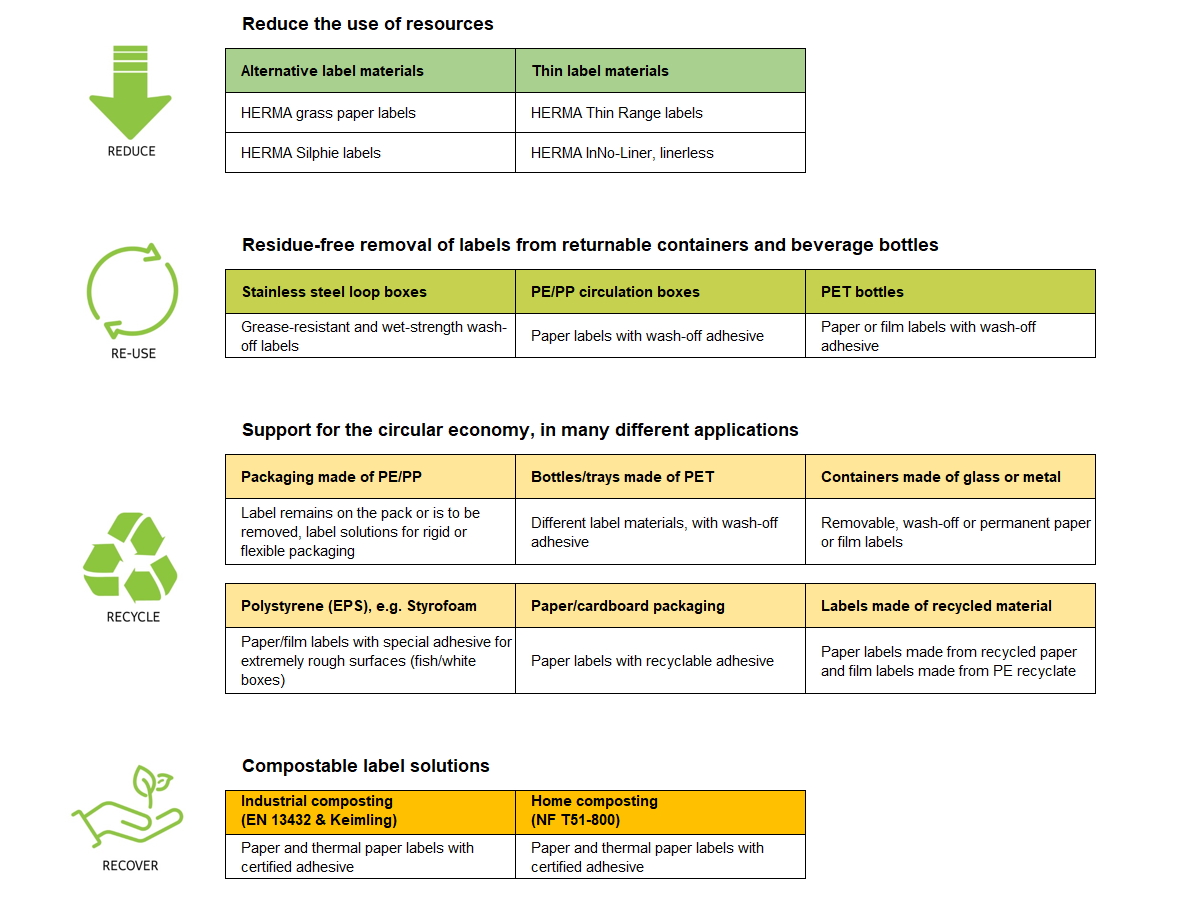
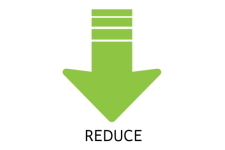
1. Reducing the use of resources
Using resources sensibly, not wasting anything and reducing waste: this is what our innovative label solutions for more sustainability in logistics and product labelling stand for.
Alternative label materials made from renewable, resource-saving raw materials, as well as labels made from thinner materials or the complete elimination of backing paper help to save CO2.
HERMA InNo-Liner System
Completely eliminates the need for backing paper. Reduces waste. Saves costs.
Almost all shipping packages carry a label of considerable size. The HERMA InNo-Liner System can save thousands of tonnes of backing paper and its disposal every year. The total CO2 footprint of such linerless labelling is reduced enormously. Discover our CO2 calculator and the savings potential in the field of shipping carton labelling with linerless labels.

HERMA Thin Range Labels
Thinner label papers with specially formulated pressure-sensitive adhesives are particularly light and supple - ideal for circular labelling on objects with small diameters. At the same time, they save costs, space and resources by using less material. Applications can be found in the labelling of cables, ampoules or syringes - and of course wherever a thin label performs just as well as conventional labels.
Discover more about HERMA Thin Range labels.
HERMA grass paper labels
Grass, or rather hay, is a new type of raw material for paper production, very resource-friendly and low in CO2 emissions.
With their rough feel and natural colour, HERMA grass paper labels are ideal for sustainable packaging, for example for fruit or natural cosmetics.
Discover more about HERMA grass labels.
HERMA labels made from silphia paper
The fibres of the silphia plant are separated by a biothermal process and processed for paper production. Completely without chemicals, with little use of water and energy, as in a kind of "pressure cooker". The result is natural labels in kraft paper look that visually underline the sustainable character of products. Learn more about HERMA labels made from silphia paper.
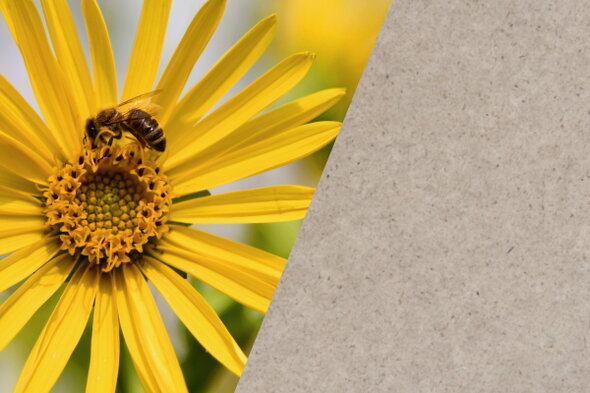
HERMA labels made from recycled paper
Labels made from 100% recycled paper reduce the use of large quantities of virgin pulp and help to preserve forests by recycling waste paper. 100% post-consumer recycled fibres are used in the production of these label papers. Efficient waste separation by the consumer supports this recycling process in a sustainable way. More information on labels made from recycled paper
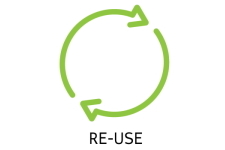
2. Residue-free removal of labels from reusable containers and beverage bottles.
Recover valuable raw materials as purely as possible and reintroduce them into the material cycle - closed material cycles are far more sustainable than the usual down-cycling in recycling processes.
To achieve this, it is important to recycle the raw materials without additives.
HERMA wash-off labels
Beverage bottles made of PET are a good example, as are bottles for washing-up liquids, household cleaners, liquid soap or cosmetic jars, or even trays made of this material. As are transparent clamshell and blister packs made of PET, such as those used in the food sector.
HERMA wash-off labels (with water-soluble adhesive) are washed off without leaving residues in industrial cleaning processes, and the bottles are recycled into material-pure granulate.
Wash-off labels are also the ideal solution for reusable containers in logistics and retail that have to be re-labelled time and again, for example for:
- Loop boxes made of stainless steel: extra grease-resistant and wet-strength wash-off labels
- PE or PP circulation boxes for transporting fruit and vegetables to the retail trade
- Reusable trays, as used e.g. in plant logistics
- Glass or sheet metal containers
You can find more details on the label materials on our Wash-off labels page.
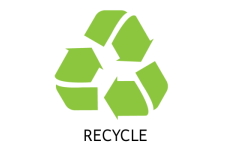
3. Support of recycling processes
If labels are to be separated from the packaging by hand or are to remain on the packaging, we recommend the following solutions that have positive effects on the recycling process:
Label should be able to be separated from the product, packaging or container by hand.
For this application, paper labels or film labels with removable pressure-sensitive adhesive are ideal. For rigid and flexible packaging, with different surfaces, a wide range of label materials from our own adhesive paper production is available. Discover the variety of applications for removable labels
Special case transport boxes made of EPS (polystyrene) e.g. fish boxes and white boxes: the extremely rough surface requires extremely strong adhesive labels that can still be removed by hand.

Label remains on the packaging: material-matched labels for single-sort recycling.
If an industrial wash-off process is not possible, labels of the same material offer the possibility of recycling the rigid or flexible packaging according to type. Film labels made of PE, PP or PET are used here, depending on the surface (rough or smooth) with different permanent pressure-sensitive adhesives. A particularly environmentally friendly label solution is our PE film labels, which are made entirely from PE recyclate.
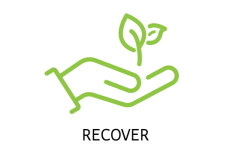
4. Packaging should be compostable together with the labels, industrially or at the consumer's
We offer label solutions for industrial composting with certified labels according to EN 13432 and Keimling, as well as labels for home composting according to NF T51-800.
Compostable labels from HERMA for many areas of application, e.g. food packaging, packaging for fruit and vegetables, organic cosmetics, are ideal for all manufacturers who value sustainable compostable packaging.
Learn more about compostable labels.
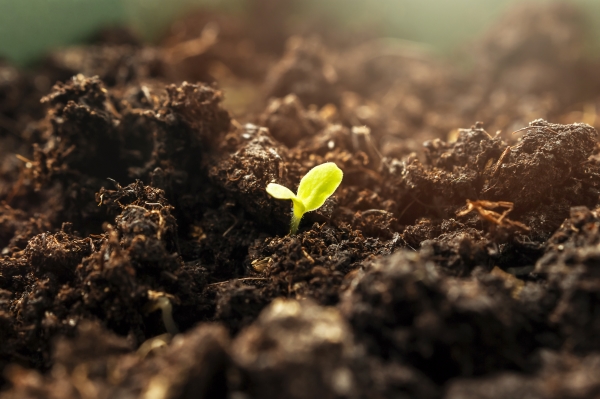
Sustainable labelling of packaging - we will be happy to advise you.
With the innovative label solutions from HERMA, you have the opportunity to equip your packaging with the best possible sustainability in mind.
Resource-saving, with a contribution to the circular economy - and economical.
Contact us - we will work with you to find the right sustainable solution for your packaging.
